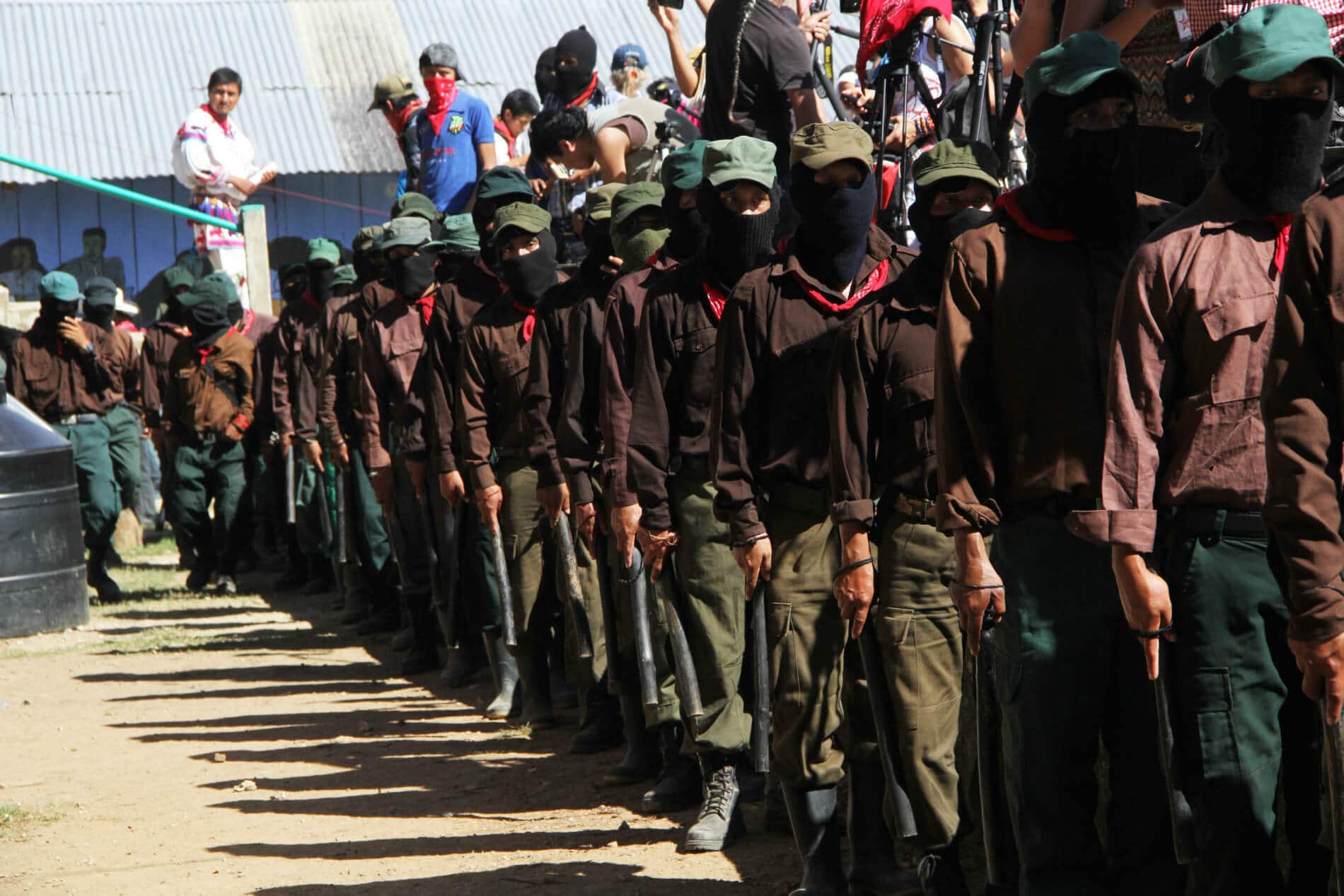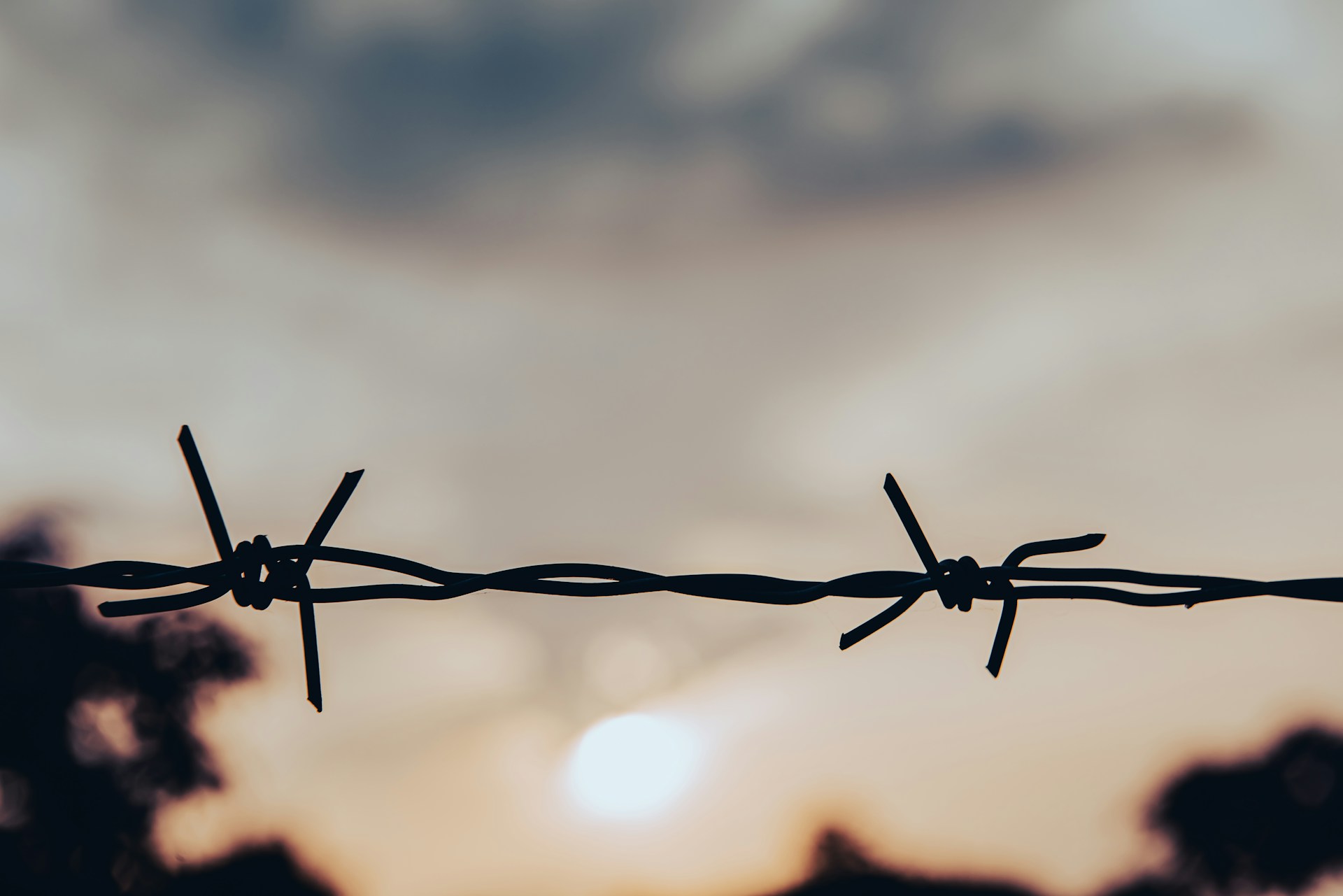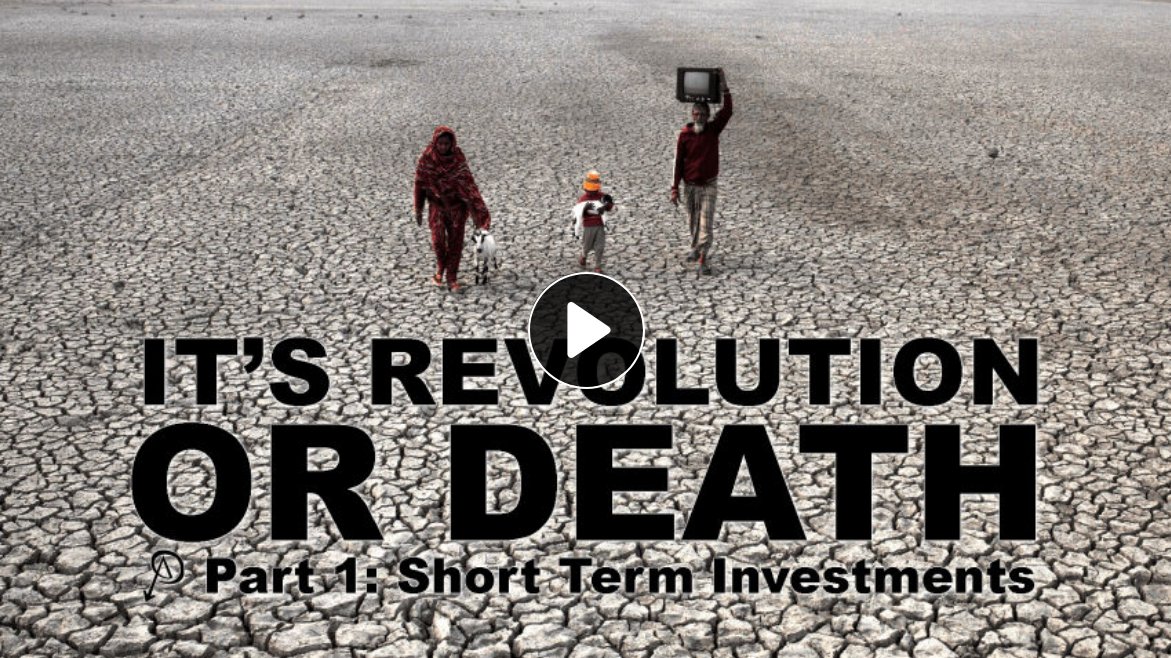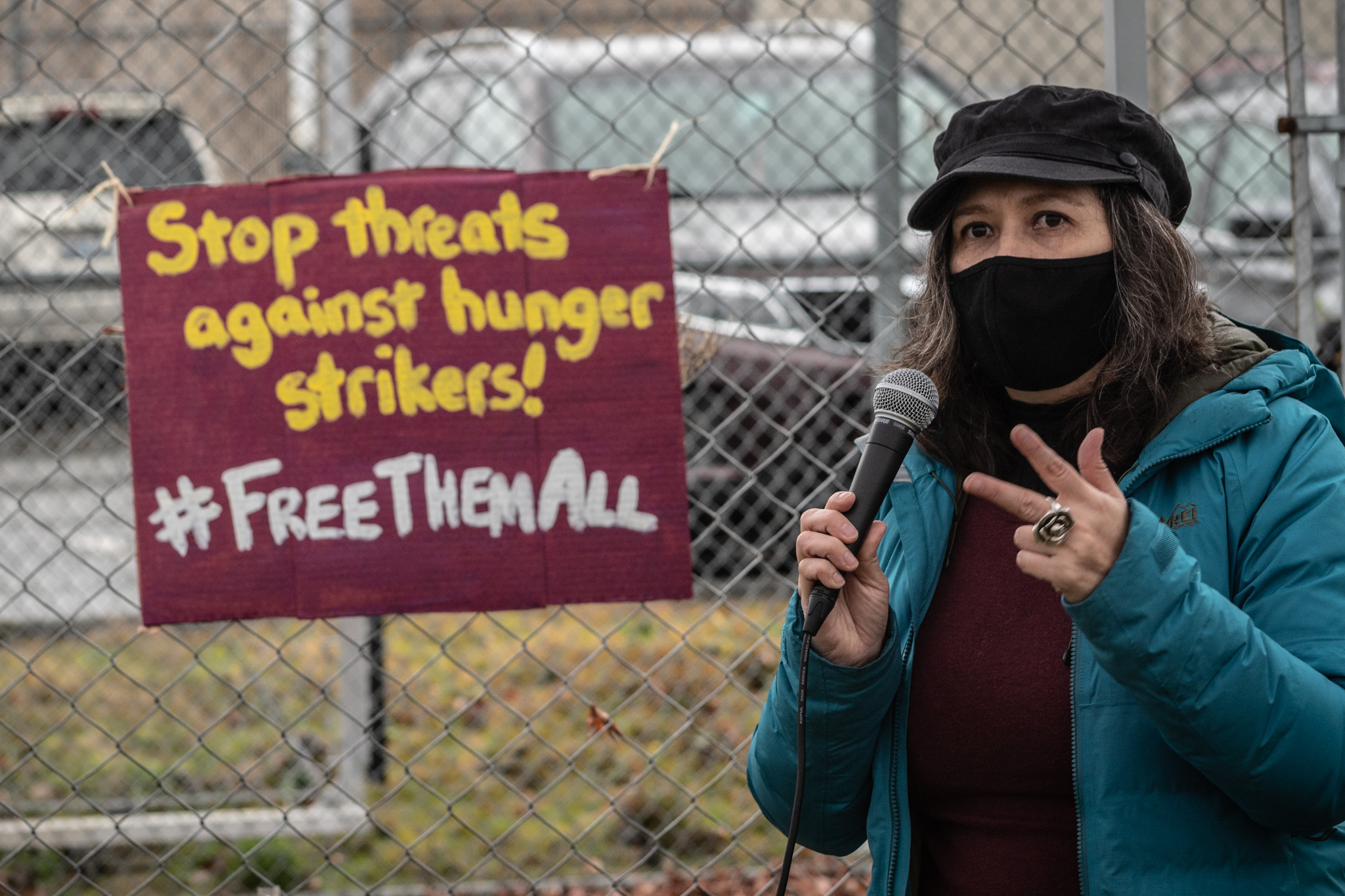Abolition Media Worldwide reports on new initiatives and continued activity from the Zapatista movement in Chiapas, Mexico.
On August 17, 2019, the EZLN announced the end of the “Samir Flores Vive” campaign, with which it went on the offensive and extended “the word and action of resistance and rebellion.” As a result, the Zapatista caracols and their boards of good governance will go from five to twelve. They also created four new autonomous municipalities, which are now 31. They also reported the creation of the Zapatista Autonomous Resistance and Rebellion Centers, a new structure in the world they build. With photographs and videos, the EZLN showed the world its most recent expansion. It was only the beginning.
The Fourth National Assembly of the National Indigenous Congress and the Indigenous Government Council took place, as well as the Forum in Defense of the Territory and Mother Earth, both in the Jacinto Canek snail.
During the assembly dozens of villages shared their diagnosis and ratified their opposition to megaprojects such as the “train badly called Maya”, the Transistor Corridor, the Morelos Integral Project. They concluded that the “neoliberal war” deepens with the current administration, and that businesses that are part of that war – organized crime, real estate industry, mining, agribusiness, tourism megaprojects, energy industry – continue to be deployed throughout the country. As a result of this war, they reported, 11 members of the CNI were killed in 2019 for defending their territories and opposing dispossession.
More than 50 organizations from Mexico, Chile, Colombia, Kurdistan and Ecuador participated in the forum. The information shared there helped to dimension the level of global destruction of the capitalist system, but also to identify points of articulation and common strategies of resistance.
In the last days of December, in the seedbed “Footprints of the walking of Comandanta Ramona”, in the caracol of Morelia, the Second International Meeting of Women who Fight was held. More than five thousand women came from at least 49 countries, which for three days shared pain, experiences and joys; strengthened their solidarity networks and made agreements to continue fighting against patriarchy.
Finally, also in the Morelia caracol, the EZLN commemorated the 26th anniversary of the start of the war against oblivion. There Subcomandante Moisés reiterated the position of the Zapatistas: they are willing “to die if necessary” to defend their autonomy. At the same time, he raised an urgent debate: progress and development for whom and at what cost.
No political force in Mexico, and very few in the world, are able to guarantee the necessary infrastructure to carry out these activities. We must not forget that the Zapatistas do not accept resources – of any kind – from governments, companies or NGOs. Everything was sustained with resources from the Zapatistas themselves. With this “Combo for life” the EZLN not only showed its great capacity for national and international convocation, it also showed the large size of its organization, its territorial expansion, and its willingness to dialogue with those who aspire to construction from a world where many worlds fit.






